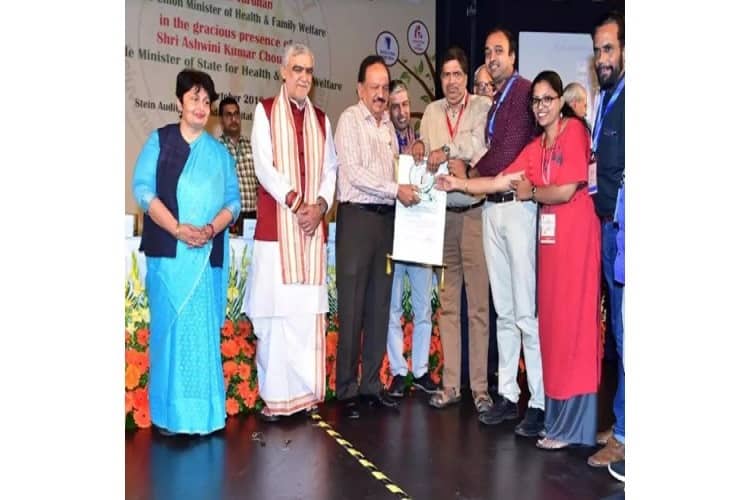In News
The Union Ministry of Health and Family Welfare had launched Kayakalp Award Scheme as an extension of ‘Swachh Bharat Mission’. The objectives of the ‘Kayakalp’ Scheme are to:
- promote cleanliness, hygiene and infection control practices in public healthcare facilities, through incentivising and recognising such public healthcare facilities that show exemplary performance in adhering to standard protocols of cleanliness and infection control
- inculcate a culture of ongoing assessment and peer review of performance related to hygiene, cleanliness and sanitation
- create and share sustainable practices related to improved cleanliness in public health facilities linked to positive health outcomes
AIIMS has bagged the first prize of ₹3 crore under the government’s Kayakalp scheme for 2018-19. Over the period, the number of facilities under Kayakalp rose from 750 health facilities in 2015-16 to more than 26,000 facilities in 2018-19. The number of facilities that got the Kayakalp Awards also increased from 97 2015-16 to 1,539 facilities in 2016-17 and 2,962 in 2017-18.
Thematic Areas of Kayakalp
- Improving hospital/ facility upkeep
. Infrastructure maintenance
. Hospital/ facility appearance
. Pest and animal control
. Landscaping & gardening
. Maintenance of open areas
. Maintenance of furniture and fixtures
. Illumination and lighting
. Removal of junk material
. Water conservation
. Work place management
- Improving sanitation and hygiene
. Cleanliness of circulation area
. Cleanliness of wards
. Cleanliness of procedure areas
. Cleanliness of ambulatory areas (OPD, Emergency, Lab)
. Cleanliness of toilets
. Use of standard methods of cleaning
. Drainage and sewage management
- Improving waste management
. Implementation of biomedical waste (BMW) rules, 2016 & 2018 (Amendment)
. Segregation, collection and transportation of BMW
. Storage of biomedical waste
. Disposal of biomedical waste
. Management of hazardous waste
. Solid general waste management
. Liquid waste management
- Infection control
. adhering to recommended infection prevention practices, especially hand hygiene and use of PPEs
. paying attention to well-established processes for decontamination, cleaning of soiled instruments and items, sterilisation or high-level disinfection
. improving environment control in operating rooms and other high-risk areas
. following proper isolation and barrier nursing techniques
- Hospital support services
. Laundry services & linen management
. Water sanitation
. Kitchen services
. Security services
- Hygiene promotion
. Community monitoring and patient participation
. Information, education and communication
. Training, capacity building and standardisation














